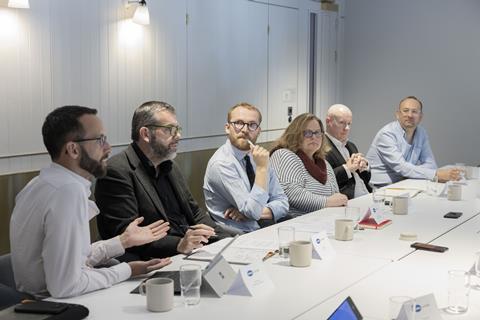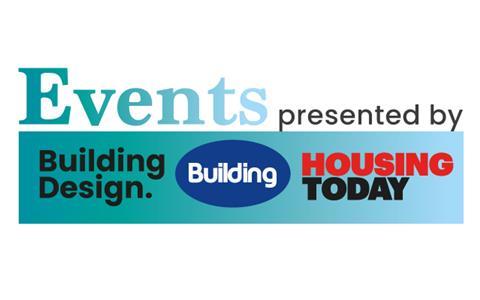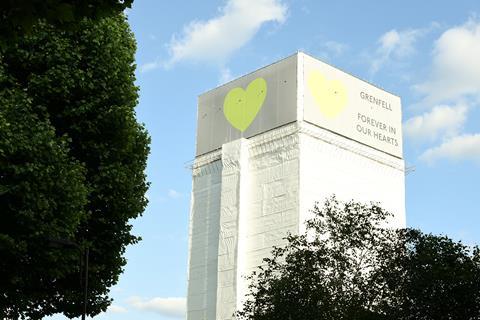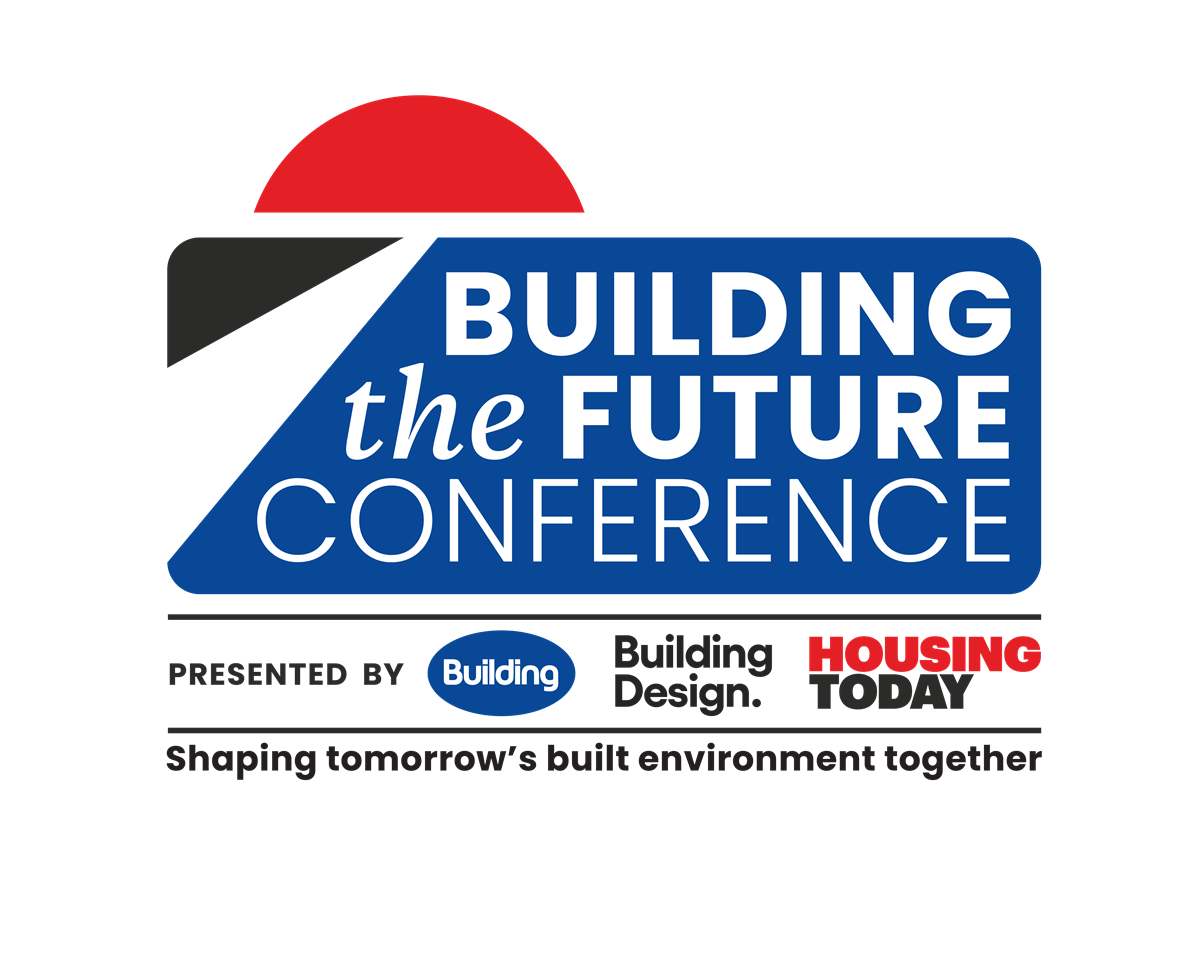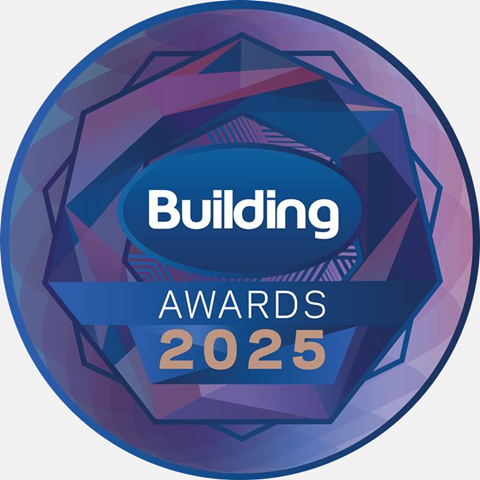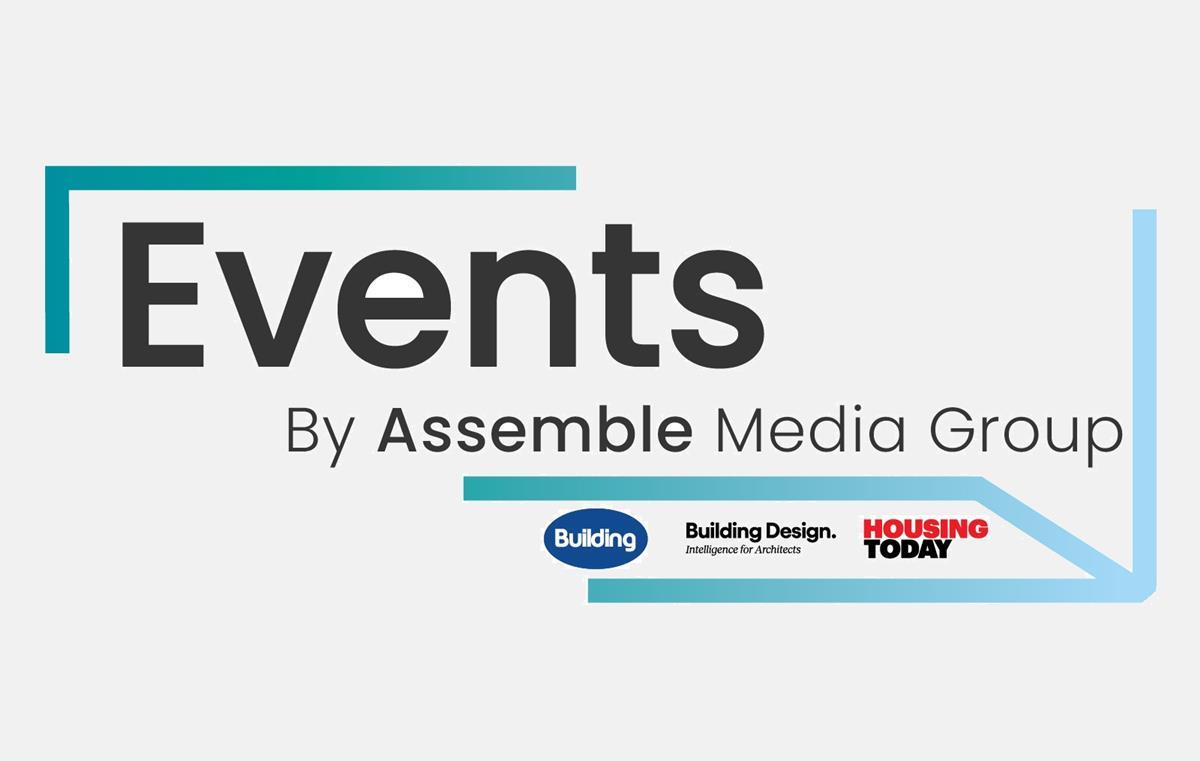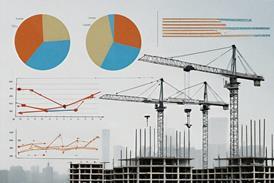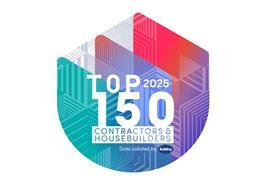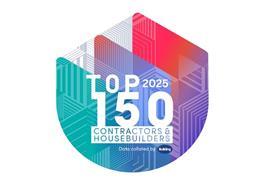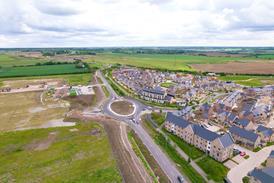Building in partnership with Siniat convened a roundtable of architects, designers, contractors and manufacturers to explore how to close the growing gap between compliance expectations and practical delivery at gateway 2 of the new building control regime
As the construction industry adjusts to the most sweeping regulatory overhaul in a generation, attention is turning to gateway 2 – the pivotal approval stage in the new regime created by the Building Safety Act (BSA). Before spades can hit the ground, dutyholders must now prove that their building design meets fire and structural safety regulations.
It is a legal stop sign, enforced by the new Building Safety Regulator (BSR), and it is proving far from straightforward.
According to the latest published figures, only about 10.7% of gateway 2 applications for new-build higher-risk buildings have been processed and approved – specifically, 20 approvals out of 187 submissions made between October 2023 and May 2025.
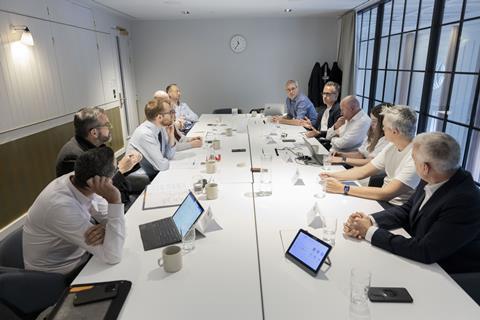
Across all gateway 2 applications (including both new-builds and existing buildings), recent data shows approximately 14% have been signed off by the BSR. That figure is both a reflection of the regime’s shortcomings and strictness, as well as the significant learning curve facing design teams, contractors and clients.
To examine these pressures in depth, Building, in partnership with Siniat, convened a roundtable of architects, designers, contractors and manufacturers to explore what gateway 2 is teaching the industry – and how to close the growing gap between compliance expectations and practical delivery.
Held on the cusp of change
The session took place just days before the government confirmed a package of changes to the BSR regime, aimed at making gateway 2 more navigable. Under pressure from developers, designers and housing providers, the Ministry of Housing, Communities and Local Government (MHCLG) announced a raft of changes for the BSR.
These reforms aim to address delays, accelerate housebuilding and enhance fire safety in response to the Grenfell Inquiry recommendations, unlocking the delivery of 1.5 million safe, high-quality homes.
While the proposals aligned with some of the thinking of those gathered at the roundtable a few days earlier, the discussion also made it clear that fixing gateway 2 will take more than administrative tweaks. For many, what is needed is a seismic shift in both compliance and culture.
Around the table
- Chair: Daniel Gayne, senior reporter, Assemble Media Group
- David Brook, technical director, Hawkins\Brown
- Tim Carey, director and head of design, Mace
- John Gray, partner, HTA Design
- James Green, director, James Green Associates
- Justin Kelly, partner, BPTW
- Jerry Lehane, board director, Chapmanbdsp
- Heike Messler, partner, Pollard Thomas Edwards
- Alistair Milne, director, Corstorphine & Wright
- Nigel Morrey, technical director, Siniat
- Scott Sanderson, partner, PRP
A system under pressure
From the outset, attendees spoke candidly about the challenges facing project teams. John Gray, partner at HTA Design, described how one application he is involved with has been stuck in the system since May 2024, with no clear route to resolution. “We’re already concerned about how long the next one will take,” he said. “It’s becoming a bottleneck – and it’s blocking urgently needed housing.”
That sentiment was echoed by Scott Sanderson, partner at PRP, who highlighted the impact on recladding work: “Some of our retrofit projects are taking 30 to 40 weeks just to get through gateway 2. That’s creating real issues for residents who need safer homes now – not in a year’s time.”
More broadly, Sanderson questioned the system’s readiness for what comes next. “If we’re struggling this much at gateway 2,” he warned, “what happens when we hit gateway 3? We’re seeing projects stall because no one wants to take the legal risk.”
Gateway 3 looms large
Although the session was focused on gateway 2, growing unease was expressed about the next stage in the process – gateway 3 – which governs completion and sign-off.
Alistair Milne, director at Corstorphine & Wright, said the lack of clarity about gateway 3 is already deterring professionals from getting involved in higher-risk projects. “There are building control officers dropping out of the process because they don’t want to take the liability,” he noted. “And that’s before we even know how gateway 3 will really work.”
The risk of delays and litigation is pushing some firms to turn away work altogether. Tim Carey, director and head of design at Mace, warned: “There’s a danger that whole swathes of the industry opt out of HRBs [higher-risk buildings] completely, just to avoid the exposure.”
Competence is rising – but so is complexity
Despite the concerns, there was broad agreement that the new regime is driving higher standards. “The competence piece – not acting outside your area – I think it does make you better,” said Jerry Lehane, board director at Chapmanbdsp. “It forces you to really scrutinise what you’re signing off on.”
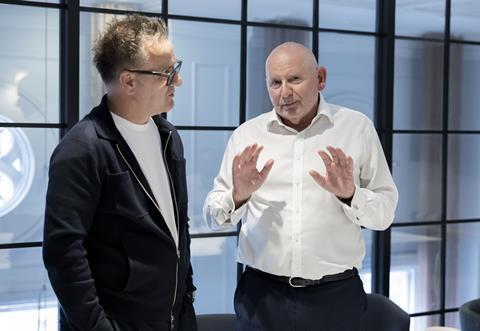
But many noted that the system is too opaque. David Brook, technical director at Hawkins\Brown, shared frustrations over inconsistent interpretations: “We’ve got 12 to 15 higher-risk buildings in the pipeline. We support the intent of the regime, but the practicalities of how the BSR operates day to day remain unclear.”
Others highlighted how delays and uncertainty are filtering down through every stage of delivery. “It takes over your life,” said Milne. “The level of documentation required is vast, and it’s not always clear what’s expected.”
Testing, documentation and a crisis of trust
One of the most technical – and passionate – parts of the discussion centred on fire protection, particularly the specification and testing of passive systems. Nigel Morrey, technical director at Siniat, explained the scale of the challenge: “We’ve carried out over 500 fire tests in the last four years. But we’re still seeing huge variation in what different stakeholders are asking for, even on the same project.”
He added: “It’s not just about having data. It’s about presenting it in a way that matches the regulatory ask – and that’s evolving faster than the standards themselves.”
James Green, director of James Green Associates, flagged the inconsistencies in how product information is used: “Some project teams ask for a declaration of performance; others want test reports. And the regulator’s expectations don’t always line up with what manufacturers can provide.”
There was a shared concern that specifiers can no longer be sure what is valid – or who is accountable. “We’re not just talking about ticking boxes,” said Justin Kelly, partner at BPTW. “This is about whether you can trust the data you’re being given. We’ve been layering complexity onto an already broken system for decades. Now the whole thing is buckling under the weight.”
Procurement is shifting – and not always in good ways
Another major theme was procurement, and how gateway 2 is distorting the design timeline. “We assumed this regime would drive prescriptive specification,” said Sanderson. “Instead, we’ve ended up front-loading massive amounts of information two to three years ahead of construction, without knowing how it will be received.”
He noted that on one scheme his team had logged over 100 design changes since submission – none of which were reflected in the original fee agreement. “The resourcing model is broken,” he said. “It’s not sustainable, especially for SMEs.”
Heike Messler, partner at Pollard Thomas Edwards, added that the new system can entrench inequalities: “Large firms might have the resources to absorb this. But smaller practices are being priced out of doing the right thing, and that’s not where we want to end up.”
A call for clarity, consistency and culture change
Above all, participants agreed that the BSR needs to take a more collaborative approach. “We need the regulator to tell us what ‘good’ looks like,” said Gray. “The current guidance is either too high-level or too vague. And crucially, there’s no meaningful pre-application engagement, so you’re flying blind.”
Brook called for a shift in mindset across the board: “We’ve got to stop trying to eliminate all risk through documentation. That’s not the point. We need people to think critically, work together and focus on real-world safety.”
Several attendees supported greater alignment around EN standards and consistent classification systems for passive fire protection. “It’s hard to design confidently when the ground keeps shifting beneath your feet,” said Messler.
What does ‘complete’ mean – and who decides?
One of the most telling moments came when Sanderson asked: “What does ‘complete’ actually look like at gateway 2?” The answer, even among highly experienced practitioners, was anything but clear. And that is a problem.
In the absence of definitive benchmarks, some teams are over-delivering, submitting vast volumes of information to avoid rejection. Others are being turned away for missing elements that were never clearly required.
This grey area is fuelling risk-aversion and inefficiency – which are exactly what the system was designed to fix.
Recommendations to make gateway 2 work
Clarify expectations
The BSR must publish unambiguous guidance on what constitutes a compliant submission, including templates, case studies and acceptable documentation formats.
Enable phased approvals
Support a more flexible, staged approach to gateway 2, allowing enabling or groundworks to proceed while the full design is still being finalised.
Reinstate pre-application dialogue
Create mechanisms for early engagement between project teams and the regulator to reduce uncertainty and align expectations.
Improve product testing and classification
Standardise how passive fire protection products are classified and reported. Encourage industry-wide alignment with EN testing protocols to eliminate confusion.
Reform procurement
Develop commercial models that reflect the front-loaded design requirements of gateway 2. Allow for reasonable contingencies, design development and change control.
Support competence and accessibility
Make it easier for small and mid-sized practices to demonstrate competence, through shared resources, CPD pathways and clearer legal guidance.
Rebuild trust through collaboration
Shift the culture from compliance through paperwork to genuine accountability. Transparency, collaboration and mutual respect between clients, consultants, manufacturers and regulators must be at the heart of the process.
A challenge and an opportunity
Gateway 2 is not just a regulatory milestone; it is a mirror. It reflects both the weaknesses and strengths of our industry – the risks we have tolerated for too long, and the potential for change when people work together.
“This is a painful process,” said Kelly. “But if we get it right, it’s also an opportunity to reset how we think about building safety.”
With reform now under way and voices across the sector aligned in their desire for clarity and fairness, the moment to shape that future is now. The question is whether we will seize it – or miss another chance to make buildings safer, better and worthy of the trust placed in them.
